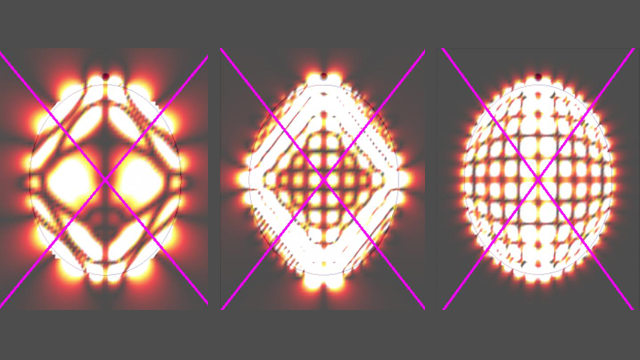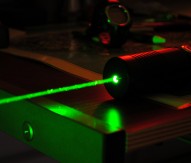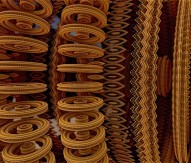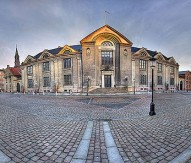
Trapped light found to orbit within material
Researchers backed by the European Research Council have found that light becomes trapped as it orbits within tiny granules of a crystalline material.
The team, led by Professor Michael Fogler at the University of California, San Diego, USA, have previously demonstrated that light could be stored within nanoscale granules of hexagonal boron nitride. The group’s latest research elaborates how this trapped light behaves inside the granules.
According to the scientists, the particles of light, called phonon nanoscale, disobey standard laws of reflection as they bounce through the granules, yet their movement is not random. Polariton rays propagate along paths at fixed angles with respect to the atomic structure of the material, which can lead to interesting resonances.
Detailing the findings, Fogler said: “The trajectories of the trapped polariton rays are very convoluted in most instances. However, at certain ‘magic’ frequencies they can become simple closed orbits.”
At the special frequencies, the ‘hot spots’ of strongly enhanced electrical fields can emerge and the researchers found those can form elaborate geometric patterns in granules of spheroidal shape. The polaritons are not only particles, but also waves that form interference patterns. When overlaid on the hot contours of enhanced electrical fields, striking images are created.
Analysis reveals that a single parameter determines the fixed angle along which polariton rays propagate with respect to the surface of the spheroids. The research paper is published in the journal Nano Letters.




